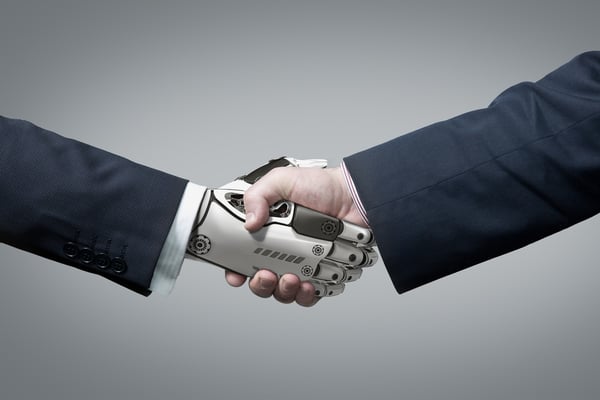
Artificial intelligence is changing the retail landscape by enhancing shopping experiences and challenging customers’ shopping, payment, and delivery expectations. Although the technology is continuing to evolve, retailers are finding use of various types of AI to raise the level of customer service and brand loyalty in a highly competitive market.
At the heart of AI is learning and mimicking human behavior. What it brings to the retail industry is valuable information for retailers to better understand and connect with customers, to ultimately provide excellent customer service and increase profits. Technology fueled by AI or machine learning include robots, chatbots, evolutionary algorithms (EAs), auto-encoding, and search engine applications like CamFind, a visual search engine that enables users to snap a picture and discover details about the object.
Many retailers are already tapping into this powerful technology with mapping capabilities, inventory monitoring, natural-language processing, and “skip-the-checkout-lines” applications.
Lowe’s has developed their own robot brand, called LowesBot, which uses mapping technology to track inventory and to gather in-store shopping behavior of its customers. Active in 11 Bay Area stores, LowesBots roam the store responding to customer questions about product specifications, location within the store, and similar product brands.
Starbucks has tapped into AI technology with its “My Starbucks Barista” app, which pings your order to a nearby store so it can be ready for you to enjoy when you pick it up within minutes. Another no checkout line enhancement, Starbucks’ app allows users to talk with a virtual barista via the app then an algorithm tracks what you buy in order to recommend future purchases, offer discounts, and further personalize your barista experience. As Gerri Martin-Flickinger, EVP and Chief Technology Officer at Starbucks, explained of the technology, “It is not a single algorithm that’s used across the entire population. It’s actually a data-driven AI algorithm based on your own preferences, your own behavior as well as behaviors that we're trying to drive.”
Macy’s has been using machine learning and mapping technology in their stores to provide convenience for and personal interaction with its shoppers. Their “On Call” app is like a virtual shopping assistance, responding to a shopper’s questions while shopping in a Macy’s store without needing to find a store associate. (Source: Total Retail)
The future of AI is bright
Natural-language processing technology used by LowesBots is the type of AI-enhanced conversational commerce more and more customers are expecting. Microsoft reports, “Where once mobile commerce was the trend of the day, delivering “shop by text” and “shop by voice” functionality is the future of AI in retail.” As standards of convenience and personalization continue to drive technology to evolve, artificial intelligence will find new paths in virtual and augmented reality applications, deeper learning and cognitive processing, and increased integration with the online world.
For example, Forbes reports on a tone analyzer offered by Watson AI — remarkable technology that can assess consumer reactions based on the tone of their voice. Lowes is deepening its experimentation into working with Microsoft to integrate AI-powered virtual reality using HoloLens to digitally design rooms and Cortana to retrieve Pinterest data and recommend products based on a customer’s style.
“We are focused on taking advantage of delivering new experiences in the store,” said Scott Emmons, enterprise architect of the Neiman Marcus’ innovation lab, iLab. “The pace of change has accelerated so rapidly and the amount of new things is coming at retailers so quickly, they're having to rethink how to handle evaluating and employing technology. It just keeps coming harder and faster. If you sit idle and let it pass you by, your competitors are going to figure it out.”